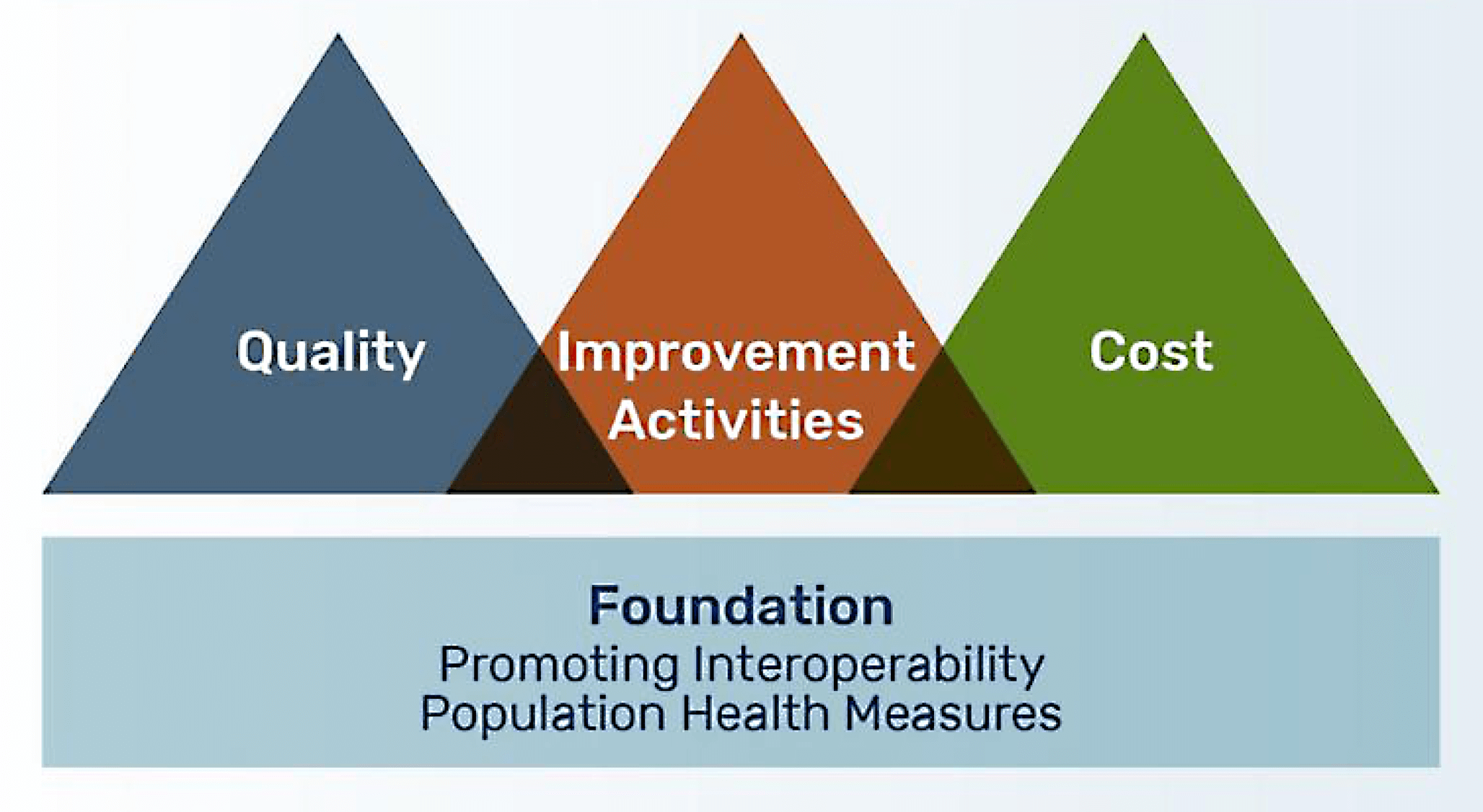Lolita M. Jones, MSHS, RHIA, CCS, CRC, CPC, Medico-Social Coding Consultant
Lolita holds several credentials including a Graduate Certificate in Healthcare Data Analytics, and a Certified Risk Adjustment Coder (CRC) credential. She has extensive experience in the medical coding field as a: coder, auditor, trainer, educator, and technical editor. She also has experience performing Merit-based Incentive Payment System (MIPS) Quality Measure Audits, training clinicians to document social determinants of health (SDOH), and developing medical coding rules/edits for coding and payment integrity software. Lolita is also an Advisory Board Member of a University-based Health Information Technology Program, and she is the Co-founder and President of Population Health Analytics Association Incorporated (www.PHAAI.org). She frequently speaks at local and national conferences about various population health information management topics, including her signature presentation “Accountable Care Organization (ACO) Coding & Compliance Checklist for Health Information Management Professionals.” Lolita can be reached via e-mail at [email protected].
What is Medical Coding Data Mining?
A Query is a request for data or information from a database(s). Rules define specific constraints associated with the requested data.
Free Sample Data Mining Query Rule
Skin Cyst-Soft Tissue Tumor Coding Conflict (FREE)
QUERY RULE:
Search the appropriate database(s) for outpatient surgery accounts in which one of the following ICD-10-CM Diagnosis Codes: L72.0 or L72.11 or L72.3 was reported WITH any soft tissue tumor excision CPT® Code from the range of 21011 – 28047. The sequence of the diagnosis and CPT® codes doesn’t matter, i.e., the ICD-10-CM Diagnosis Codes L72.0, L72.11, L72.3 can be listed in each account as either a Primary Diagnosis Code or as a Secondary Diagnosis Code; and the soft tissue tumor excision CPT® code in the range of 21011 – 28047 can be listed in each account as either a Principal Procedure or as a Secondary Procedure Code.
EXPLANATION:
The excision of epidermal, pilar, or sebaceous cysts is properly coded with the American Medical Association’s (AMA) CPT® codes 11400 – 11446, together with an intermediate or complex wound repair CPT® code when indicated. Because these cysts are benign tumors that originate from the dermis or adnexal structures, they are not soft tissue tumors, even though they may protrude into the subcutaneous tissue. It is inappropriate to code the excision of cysts that originate from the dermis or adnexal structures by using the soft tissue tumor excision CPT® codes listed in the 21011 – 28047 code range.
This Query Rule contains the ICD-10-CM diagnosis codes for epidermal, pilar, and sebaceous cysts, and the CPT® code range where the soft tissue tumor excision codes can be found. By searching for outpatient surgery accounts in which a skin cyst ICD-10-CM diagnosis code was reported with a soft tissue tumor excision CPT® code, providers can identify and correct (when applicable) the CPT® codes listed on the account(s).
SOURCE(S):
CPT Assistant newsletters: July 2010, October 2010, and January 2011, American Medical Association, Chicago, IL.
PROVIDER TYPE(S):
Ambulatory Surgery Centers, Hospitals, Physicians, and other providers who report CPT® codes when coding and billing skin cyst excision procedures that were performed on outpatients.
PATIENT TYPE(S):
Outpatients are the population to analyze when applying this Query Rule.
DATES OF SERVICE:
Outpatient surgeries performed any time after July 2010 can be analyzed because that’s the first time that the AMA published this official CPT® coding guideline.
REPORT DATA FIELDS:
At a minimum, the following data elements should be displayed on the report that is generated using the Query Rule:
- Patient Account Number
- Patient Medical Record Number
- Date of Service
- Query Rule ICD-10-CM Diagnosis Code
- ICD-10-CM Diagnosis Code Description
- Query Rule CPT® Code
- CPT® Code Description
SAMPLE REPORT FORMAT:
Below is an example of how the data mining results could be displayed in a report:

Latest Blog Posts
MVP G0054/Coordinating Stroke Care: Cerebral Infarction Documentation


MVP G0053/Advancing Rheumatology Patient Care: Documentation of Rheumatoid Arthritis

